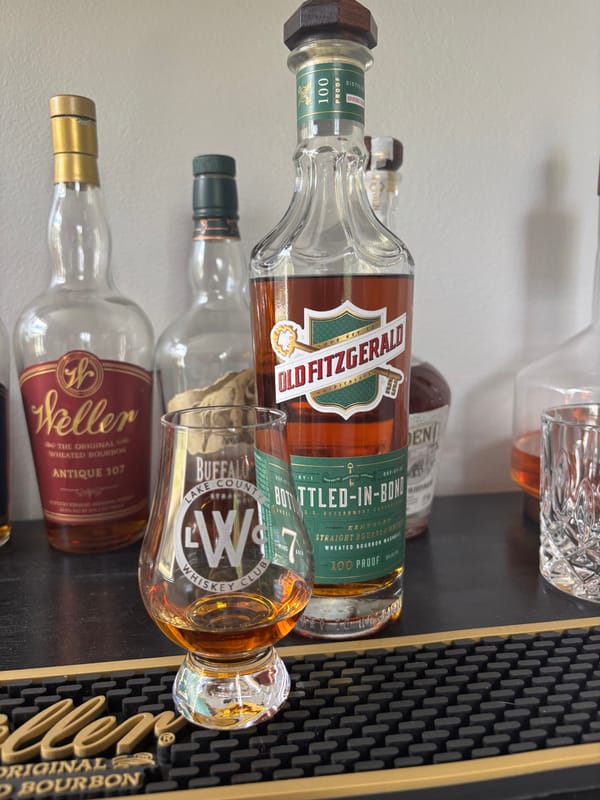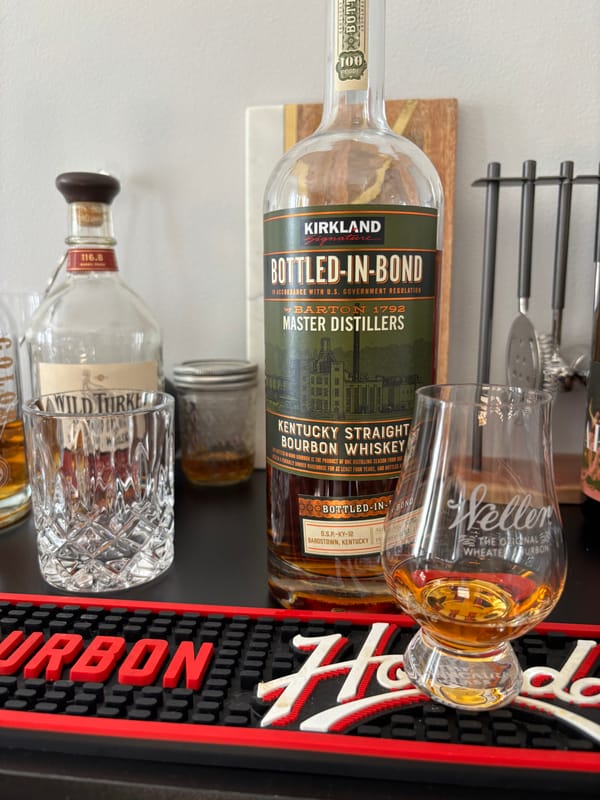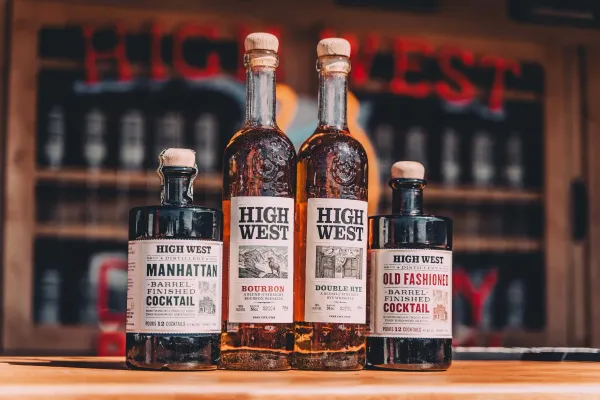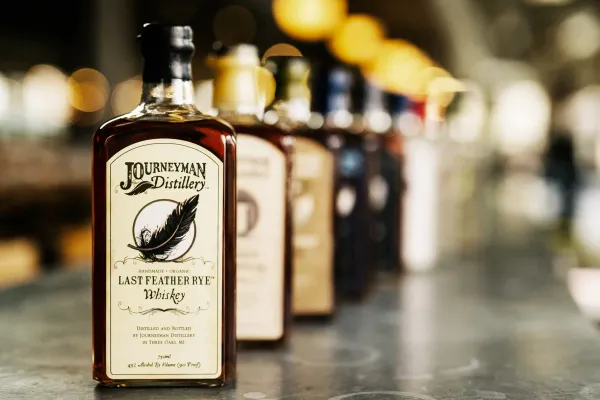Where Bourbon’s Color Comes From: The Hue You’ll Wish You Understood

Bourbon Color: The Shade You Can’t Unsee
Bourbon’s golden glow isn’t random—if you don’t know where it comes from, you’re missing the art in your glass. It’s not magic—it’s law and wood. Here’s the straight truth about bourbon’s color, no hype, and why it’s your 2025 must-know.
What Gives Bourbon Its Color?
Under U.S. law (27 CFR § 5.22), additives are strictly prohibited, so bourbon’s distinctive hue originates entirely from the new charred oak barrels used to age a mash containing at least 51% corn. This color develops naturally as the spirit interacts with the wood, ensuring every bottle’s golden or amber shade comes solely from the barrel, with no shortcuts or artificial dyes allowed.
How Color Builds in the Barrel
Freshly distilled bourbon begins as a clear spirit, produced at a maximum of 160 proof (80% ABV) and then placed into new charred oak barrels at no more than 125 proof (62.5% ABV), as dictated by U.S. law. During aging, which must last at least two years to earn the "straight" bourbon label, the charred interior of the oak releases compounds like tannins and sugars into the spirit, gradually transforming its color from transparent to a warm amber hue. Warmer temperatures accelerate this process by encouraging the spirit to interact more with the wood, while cooler conditions slow it down, and extending the aging period to four or eight years deepens the shade from light gold to a richer brown.
Color’s Clue to Your Sip
A light gold hue in bourbon often suggests a younger spirit, typically aged closer to the two-year minimum required for "straight" bourbon, and bottled at the legal minimum of 80 proof to maintain a smooth, approachable taste. In contrast, a deep brown color indicates longer aging in new charred oak barrels, often four to eight years or more, with a higher proof—above 100—delivering a more intense and robust flavor profile. Regardless of shade, the corn base, mandated at 51% by U.S. law, keeps bourbon’s sweetness consistent, while the color reveals how much influence the oak has exerted over time. This visual timeline in every glass offers a clear hint about the aging process behind your sip.
Why Color’s a 2025 Bourbon Key
Color is your bourbon map—by 2025, it’s the clue to age and strength. See it, sip it—wood tells the tale. Want to taste the hue? Check out NEAT: Whiskey Finder—it’ll help you track down bourbon and whiskey near you.





